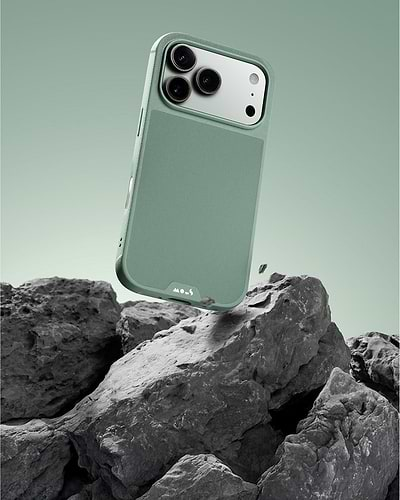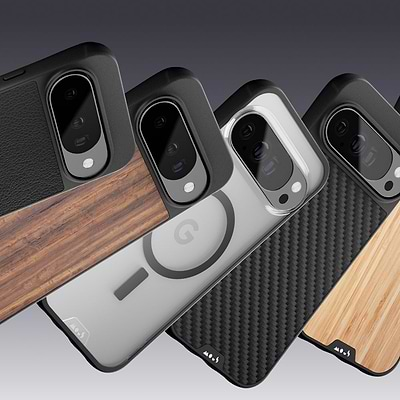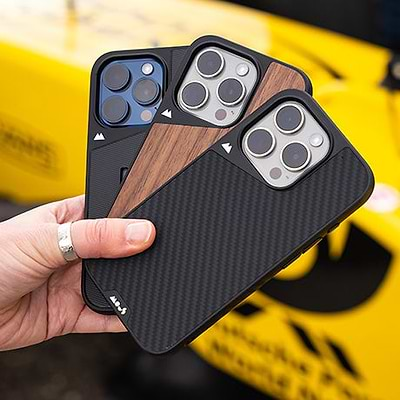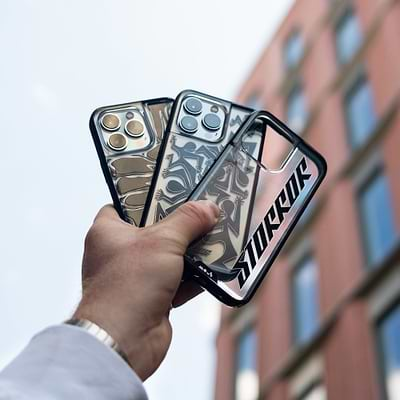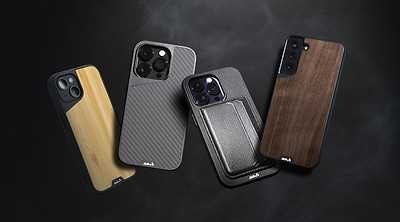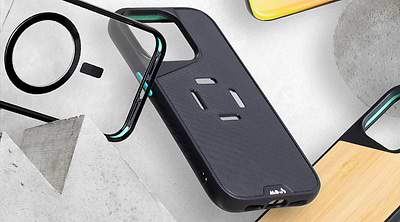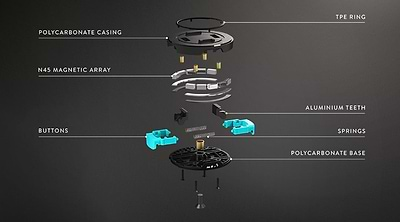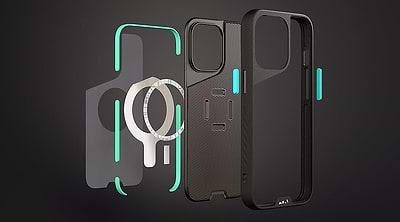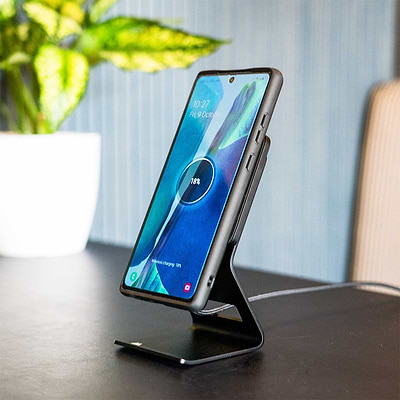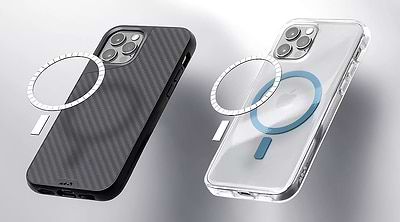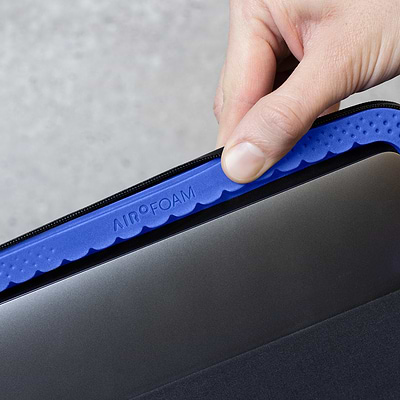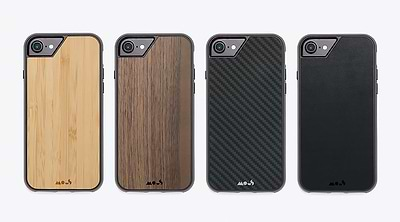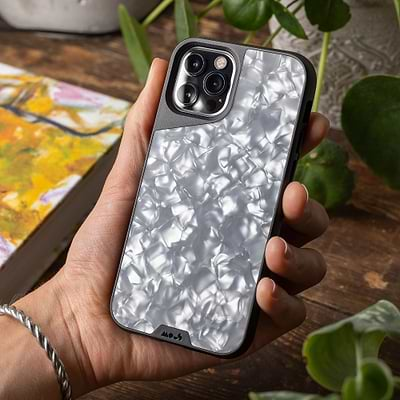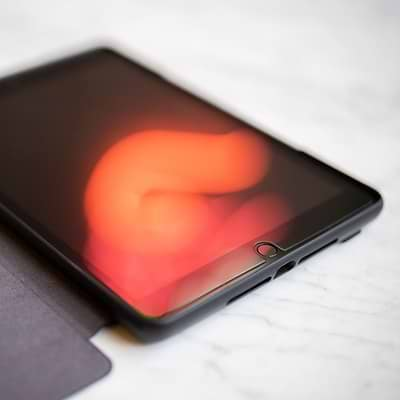
Iridescence is when the colours of a surface change depending on the angle light hits it and the angle it’s observed from. This is the colour-shifting effect you see on petrol spills, peacock feathers, or our iridescent phone case, Clarity. This beautiful optical phenomenon is caused by diffraction and has some pretty cool science behind it. We’re going to break down exactly what that means, what is iridescence and what causes iridescence.
What is diffraction?
Diffraction is when a wave bends or spreads around an obstacle or as it passes through a surface. A wave in the ocean rippling around a rock is caused by diffraction - it can’t go straight through so it has to bend around it. Sunbeams and rainbows are examples of light diffraction - the light hitting water droplets or dust or anything else in the air causes the light waves to change directions. Because some light waves move differently to others, they spread out like in a sunbeam or they can diffract so much that you can see all the colours in a rainbow.

What causes iridescence?
As light hits the surface of something iridescent, some of the rays of light diffract and some pass through - this is called translucence. The light that diffracts bends at lots of different angles. The angle at which each ray of light bends and reflects off of the surface produces a slightly different colour.
The angle you’re looking at it from also impacts what colour you see when it gets to your eye. This is why it looks like the iridescent colours are shifting. The shade of anything underneath the iridescent surface causes different colours again. Different shades absorb and reflect light differently - if your phone is a paler shade our iridescent phone case will look lighter and if your phone is darker the colours will be more intense.

What’s the difference between pearlescent and iridescent?
In terms of how the light is moving, pearlescence is very similar to iridescence. The big difference between pearlescent and iridescent is the amount of white light reflecting back. Something that is pearlescent, like a pearl (hence the name), opal or our silver pearl Limitless 4.0 phone case, will look mostly white with just a few colours shimmering. Artificial pigments which cause an iridescent effect, like car paints or ceramics, are often called pearlescent as well.
What makes Mous’s iridescent phone case pink and yellow?
We’ve used subtle engineering and considered design to ensure that the iridescent dawn variant of Clarity creates a spectrum from lemon yellow to magenta and from baby pink to amber. The dazzling gradient shifts and the precise shades dance and change as your phone moves. You can enjoy a variety of hues as beautifully bold as you are. Exclusively for iPhone 13 Pro Max, get your case here.

This is Mous
Mous was inspired by an uninspiring marketplace, filled with tech accessories which couldn’t provide performance, functionality and style. We decided to do better. We began by making utra-protective phone cases lined with AiroShockTM which looked great and connected to a world of modular magnetic accessories. Since then our product range has expanded to include mechanically mounting phone case kits, MacBook sleeves, and more.
Mous. Live without limits.


